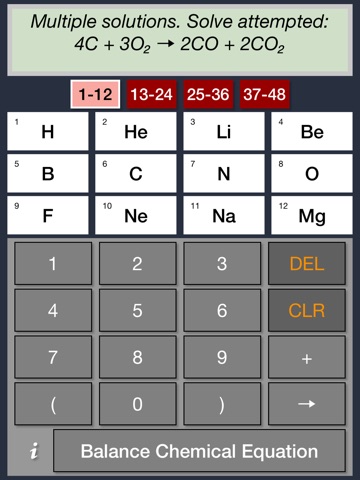

Review the table below for confirming 3 common gases.

The yeast contains the enzyme catalase that decomposes hydrogen peroxide. Pour the yeast from the test tube into the flask containing the 20 mL of hydrogen peroxide (H 2O 2).Write a balanced equation for this reaction.Describe any changes to the steel wool.Record the final temperature of the steel wool: _☌.Wrap the pad around the thermometer bulb, secure it with a rubber band, and observe the temperature over 5 min.Remove pad and squeeze the excess vinegar back into the beaker.The vinegar strips away the coating on the steel filaments, which are 96 to 98% iron.Soak a steel wool pad in 30 mL of vinegar in a 250-mL beaker.Measure room temperature and record: _☌.1 mL (20 drops) Ethanol (in a labeled, stoppered test tube).30 mL Vinegar (in a labeled 250-mL beaker).15 mL CuSO 4 Solution, 0.5 M (in a labeled test tube).20 mL Hydrogen Peroxide, 3% (in a labeled 250-mL Erlenmeyer flask).If so, print the instructions onto a card for each station. You may want to set up the activities at stations and have student teams rotate through them. This kit comes with the materials to perform the reactions described below and more.Įach lab group requires the following items to perform all the activities. This activity is based on Carolina Chemonstrations®: Reaction Types Kit. Follow all local and state recommendations for chemical disposal. Note: Use safety glasses or goggles and be cautious with the burning splints and Bunsen burner. Construct and revise an explanation for the outcome of a simple chemical reaction based on the outermost electron states of atoms, trends in the periodic table, and knowledge of the patterns of chemical properties. The activities described in this article address the following dimensions of the Next Generation Science Standards: HS-PS1-2. This rapid oxidation is called burning.ĢMg(s) + O 2(g) → 2MgO(s) + energy Next Generation Science Standards * HCl(aq) + NaOH(aq) → NaCl(aq) + H 2O(l) Combustion reactionsĪ single element or compound combines with oxygen gas releasing energy. Two ionic compounds exchange ions, producing 2 new ionic compounds. Zn(s) + CuSO 4(aq) → ZnSO 4(aq) + Cu(s) Double-replacement reactions H 2O(l) + SO 3(g) → H 2SO 4(aq) Decomposition reactionsĪ single reactant breaks down to form 2 or more products.ĬaCO 3(s) → CaO(s) + CO 2(g) Single-replacement reactionsĪ single element replaces a similar element of an adjacent reactant compound. Two or more reactants combine to make 1 new product. Types of Chemical Reactions Synthesis reactions This becomes much easier for students to do when they learn the pattern of 5 basic categories of chemical reactions: synthesis, decomposition, single replacement, double replacement, and combustion. Writing and balancing chemical equations is an essential skill for chemistry students, who must learn to predict the products of a reaction when given only the reactants.


 0 kommentar(er)
0 kommentar(er)
